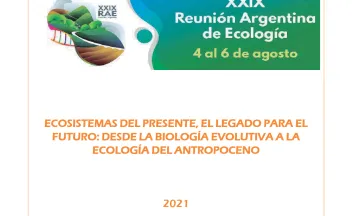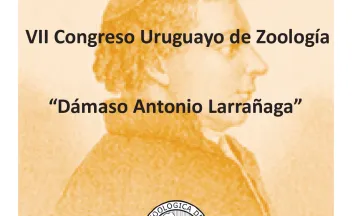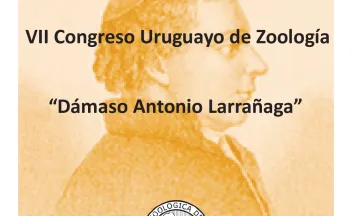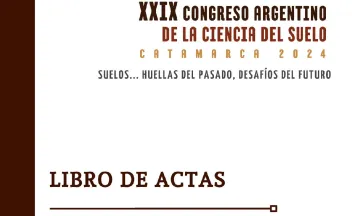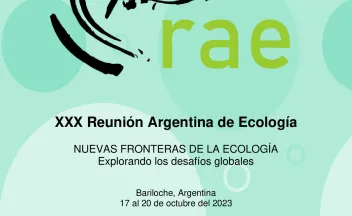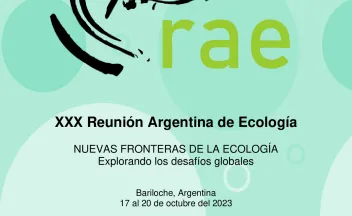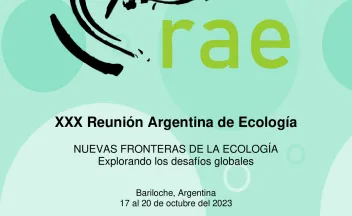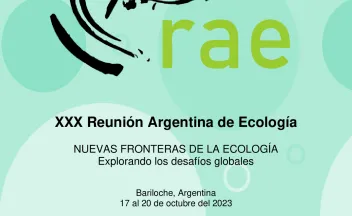Una propuesta para conocer a los ecosistemas y su gente en la ecorregión chaqueña. [charla en Simposio o Sesión innovadora].
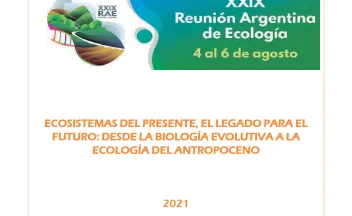
La evaluación integrada de los sistemas ecológicos y sociales constituye un aspecto clave para la planificación sostenible. Es importante sabe qué tipo de actores se encuentra en cada tipo de ambiente, y entender cómo interactúan ambos sistemas.

